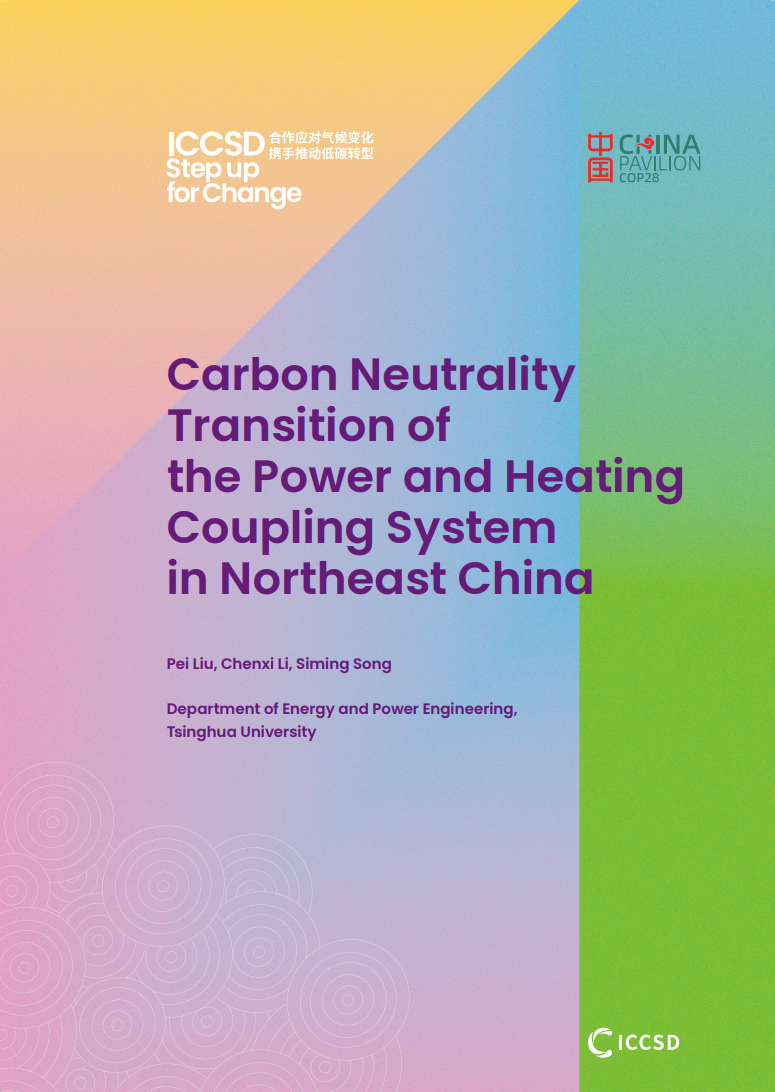Carbon Neutrality Transition of the Power and Heating Coupling system in Northeast Ching

Climate change is an urgent global challenge that necessitates immediate and rigorous decarbonization measures. In response to the call for climate mitigation, numerous governments worldwide have declared national climate goals and targets1. The Chinese government, for instance, has committed to peaking carbon emissions before 2030 and achieving carbon neutrality before 2060. This ambitious objective demands a low-carbon transition across all sectors. Building sector, together with industry and transport sector as major energy consumers in China, accounts for nearly 40% of total carbon emissions. Notably, indirect emissions from electricity and heat supply contribute significantly to the carbon emissions of the building sector. According to research by Tsinghua University, in 2019, the electricity consumption of buildings in China reached 1.89 PWh, resulting in approximately 1.1 billion tons of indirect CO2 emissions. Additionally, centralized heating in northern China accounts for about 0.45 billion tons of indirect CO2 emissions. Together, these two sources constitute around 75% of the total carbon dioxide emissions from building operations nationwide2. The growing promotion of electrification in buildings and the expansion of residential heating areas indicate a potential substantial increase in indirect CO2 emissions from building electricity and heat supply unless effective decarbonization measures are promptly implemented. Urgent action is required to reduce carbon emissions from buildings, including the promotion of energy-efficient building practices, the adoption of renewable energy sources for heating and cooling, and the implementation of carbon capture and storage technologies in the power sector.